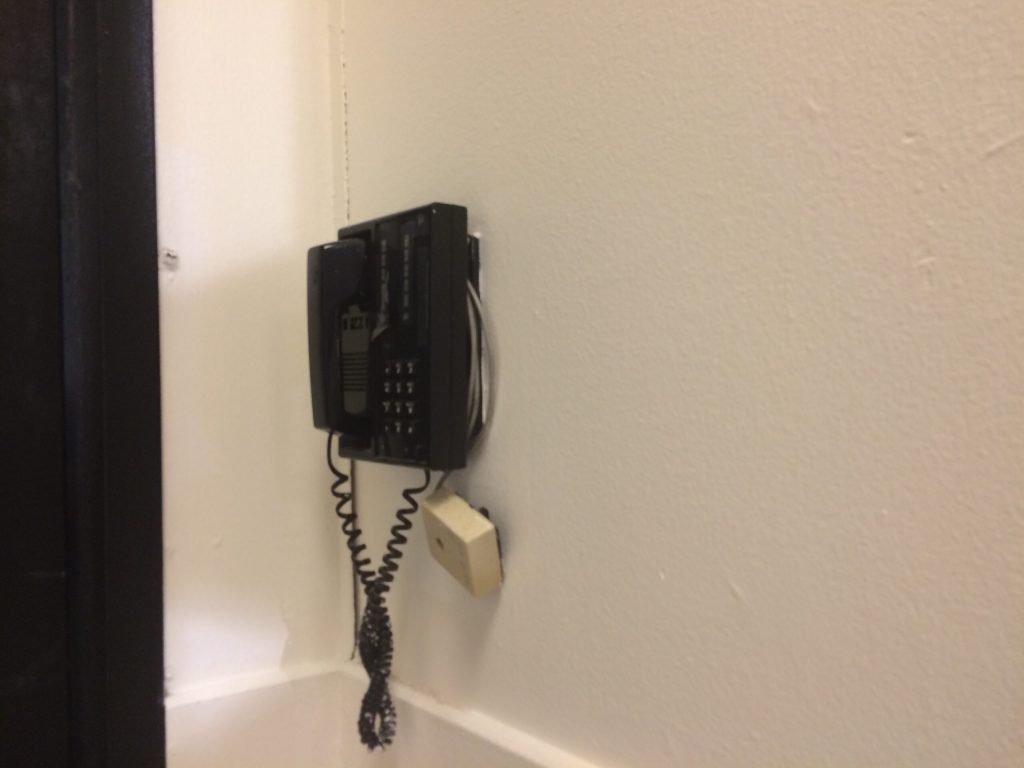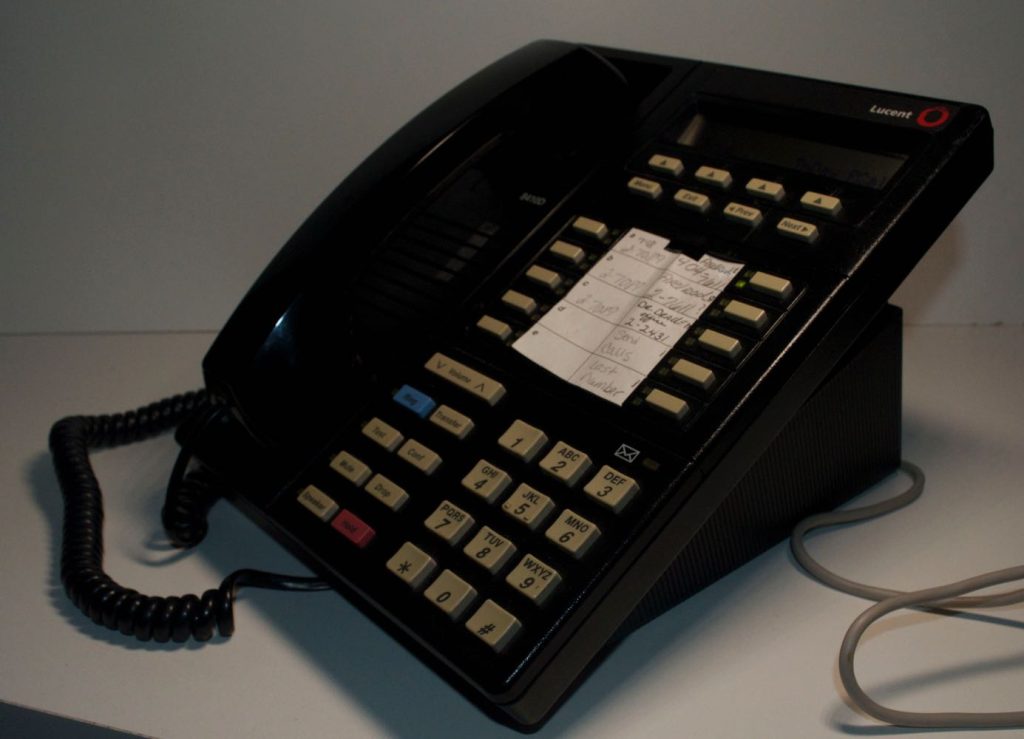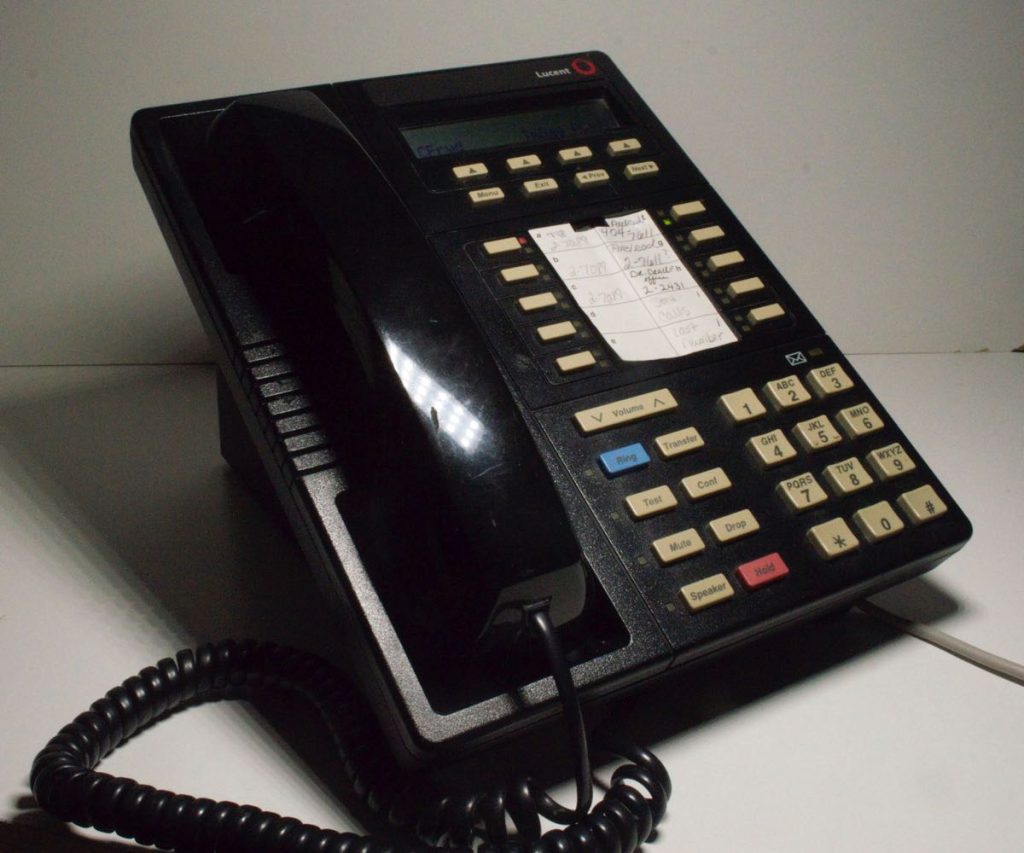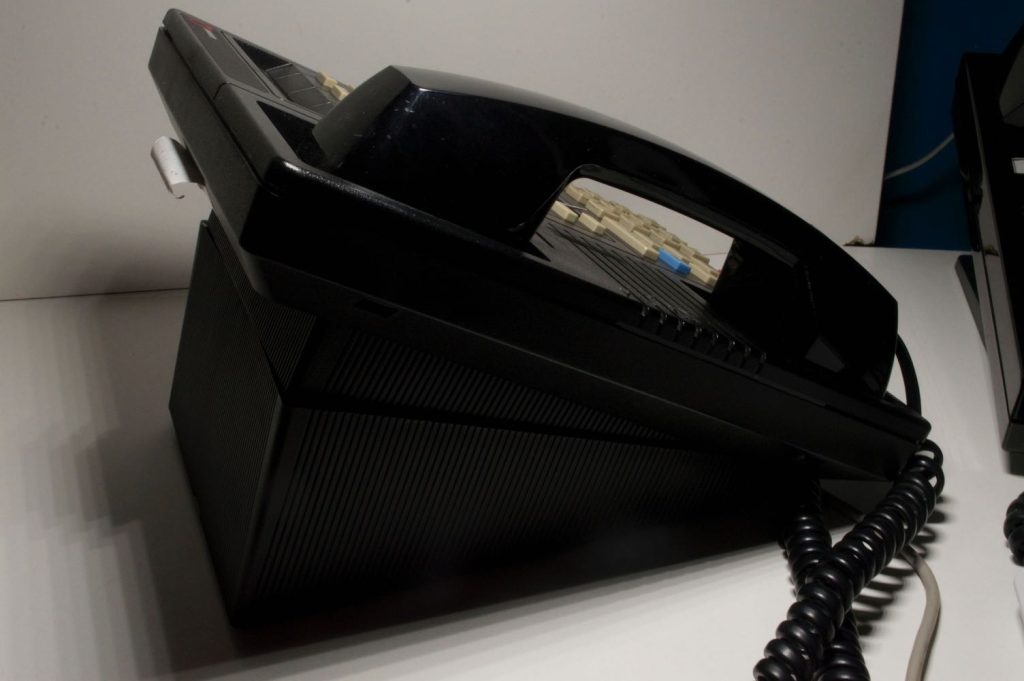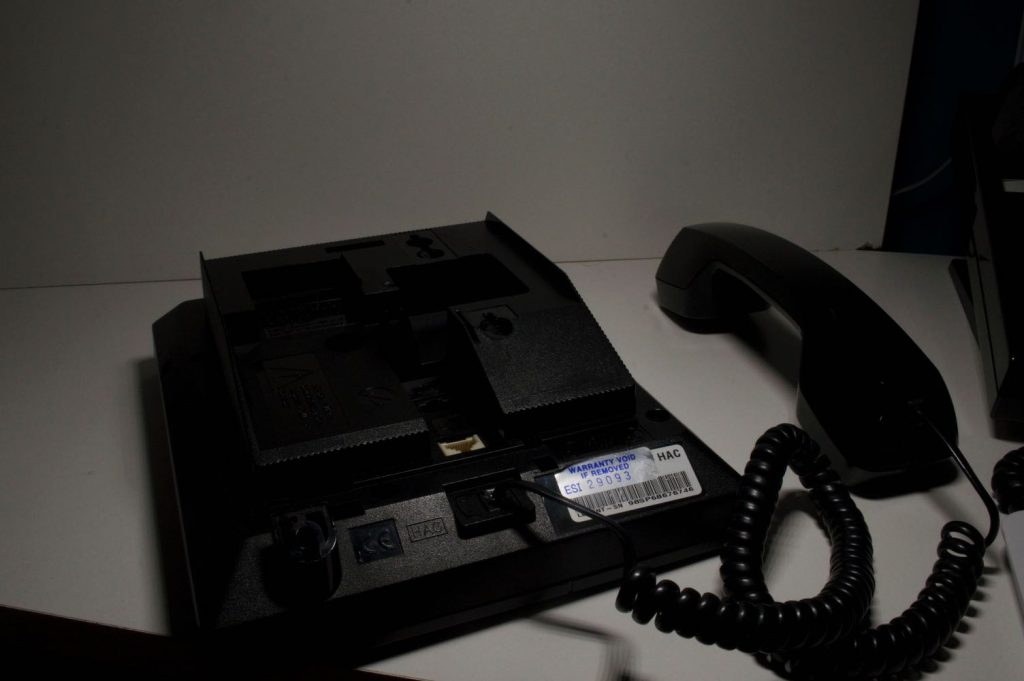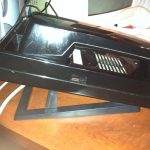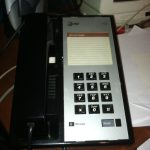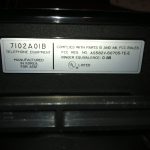This video shows how my Definity PBX can handle a fairly recent telset, the 9408. Surpisngly it works pretty well despite the labeling not working at all because the PBX release off a year before Avaya introduced screen phones in 2001. Release 9 was on the market from 1999 to 2001. The 2400s would be introduced to the market by the end of 2001 into 2002, and no one was really using them for a few years later. At that same time 7400s were still pretty common place.
I received this from my friend for Christmas, only because he disliked this model. I could imagine why. Screenphones isn’t for everyone.
I want to be clear with the lawyers or techs: this is installed at a home with a decommissioned switch. BY NO MEANS is this a commercial or used in a production environment. I cannot be held liable to anyone who runs across this page and thinks this is acceptable for use. One an R9 PBX probably shouldn’t be used, and secondly, using some very new set on an old switch would raise a lot of support tech’s flags. I have to mention this because this site is for educational purposes of historical sense and shouldn’t be used as a resource with current available products. A lot of things happen behind the scenes at The Museum legally, so just want to keep the boundaries clear.
*


